Container Soils - Water Movement and Retention 4/11/20
tapla (mid-Michigan, USDA z5b-6a)
4 years ago
last modified: 2 years ago
Featured Answer
Sort by:Oldest
Comments (123)
Dom
3 years agowestes Zone 9b California SF Bay
3 years agolast modified: 3 years agoRelated Discussions
Container Soils - Water Movement & Retention VI
Comments (152)4-6 lbs of dolomite will generally raise the pH of 1 yard of media by 0.5 - 1.0 point. 16 (fl) oz of dolomite weighs about 1 lb, so we can use ounces interchangeably (fluid vs weight) for lime. Bark/peat soils usually come in at an unlimed pH of 4.0 - 5.0, so we want to raise them about >1.0 point. There are 80 oz in 5 lbs of lime, or 160 tbsp, which will raise the pH of a yard (202 gallons) of soil about 1 point. The big batch is about 35 gallons (4.5 cu ft) or 1/6 of a yard. We need 1/6 of 160 tbsp or 27 tbsp to raise the pH about 1 point. There are 16 tbsp in a cup, so 27 tbsp is 1.7 cups. Since we need to raise the pH more than 1 point, we round the 1.7 cups up 0.3 cups to 2.0 cups. The change comes as a result of realizing that supplying a single cup of lime might not have raised pH high enough. This can ensure that Ca remains reactive and relatively unavailable instead of (in the case of adding more dolomite) residual and exchangeable. Al...See MoreContainer Soils - Water Movement and Retention XVIII
Comments (229)When it comes to root health, pots with gas permeable walls carry the day. Terra cotta clay pots are better than plastic or vitrified clay pots and fabric pots are better than terra cotta clay. The reason is greater gas exchange through container walls and the fact that an increase in gas exchange comes with an increase in evaporative water loss, which can be a lifesaver when using water retentive media. There will still be a PWT in these pots, and for any given medium it will the same ht in a pot with rigid sides as in the fabric or air pots at container capacity. Container capacity is a measure of how much water the grow medium in a pot or container holds at the moment it has stopped draining after having been watered to the point of complete saturation. The ht of the PWT and how long it affects root function is usually key/critical in determining what opportunity a plant will have to realize as much of its genetic potential as possible (within the limiting effects of other cultural influences). The factor that most affects the ht of a PWT is the size of the particles from which the medium is made. So, reducing the duration of PWTs limitations increases the opportunity for plants to realize a greater measure of their genetic potential. But wait! There's a more important consideration. If you place your fabric containers directly on the ground/soil, from the perspective of hydrology it changes the fabric container to a raised bed; this, because water is free to move through the fabric between the grow medium and the earth, with the earth acting as a giant wick. This means, because of the increase in the force of adhesion in the mineral soil beneath the pot (due to a mineral soils much larger o/a surface area on a per volume basis), water in the soil will be pulled downward with enough source to overcome the capillarity holding it perched in the container. As long as you don't place the fabric container on coarse sand, peastone, or other large particles, the earth will likely pull all perched water from most media one is likely to use in a container. I've mentioned this and the fact that healing in your pots situating them directly on top of soil turns them into raised beds. the only caveat being it's essential that there is a 'soil bridge' so there is continuity of the soil column between the soil (earth) and the grow medium in the container, through the drain hole(s), so water doesn't have to jump an air gap to exit the container. This applies more to pots with rigid walls and is not a factor when discussing fabric containers. Al...See MoreContainer Soils - Water Movement and Retention XI
Comments (150)Hi Al, With all the ingredients in hand, I've started the sifting process and had a few questions. I'm trying to swap out 50 containers worth of soil so I'd prefer to do this in the most efficient way. I am using a 9x9 hardware cloth (.088" openings) to filter the fines. Here are the three ingredients I was able to source: 1) Shasta: Orchid Fir Bark: (1/8" - 1/4") http://shastabark.com/products.htm 2) Turface MVP 3) 1/8" Crushed Granite (Desert Gold) http://www.lyngsogarden.com/index.cfm?event=Display.Home.Product.Group&homeCategory=STONE&categoryid=1094&productgroup=PEBCOB&groupname=Pebbles%252C%2520Cobbles%2520%2526%2520%2520Colored%2520Gravel Questions: 1) It seems like it takes a decent amount of time to screen out the fines for one container. I also have constructed two other screens to be used to filter out the larger particles (a 1/4" for the large fir bark and a 9x9 (.1387") for the larger turface/granite). I'm assuming that at the end of the day it is more important to screen out the fines then to screen out the few larger pieces which may be in the mix. Would this be correct? I'm just trying to save some time and there doesn't seem to be that many larger pieces in the mixes. 2) Do you usually rinse out the mixes before you combine them? Does this help get additional dust/fines out? 3) What do you do with all the fines/dust that you sift out? If you are screening out larger pieces what do you with them? Thanks so much in advance. Your advice and guidance have been invaluable. Best, Kernul1...See MoreContainer Soils - Water Movement and Retention XIX
Comments (150)I'd chop 'em all off just above the crown and keep the soil damp, but not wet. WHILE you repot, it's important to keep the roots constantly wet. That means you need to be dipping them in a tub of water at least every minute, or removing the old soil with water pressure. The all-important fine roots dry out and die quickly unless you stay on top of keeping them wet. AFTER the repot, it's important that you keep the soil moist where it's occupied by the roots, That might mean watering every day until the roots start to colonize the deeper part of the pot. Other than that, you'll need to get a feel for how many fine roots you must leave to support the water needs of the top of the plant. I regularly remove up to 90% of a plant's roots during a repot and I almost never ever lose a plant unless it blows out or an animal helps it out of the pot. Al...See Moretropicofcancer (6b SW-PA)
3 years agoDom
3 years agotropicofcancer (6b SW-PA)
3 years agoDom
3 years agotropicofcancer (6b SW-PA)
3 years agoDom
3 years agolast modified: 3 years agoDom
3 years agotropicofcancer (6b SW-PA)
3 years agoDom
3 years agolast modified: 3 years agotropicofcancer (6b SW-PA)
3 years agoElena Nuta
3 years agotropicofcancer (6b SW-PA)
3 years agoTony Lo
3 years agotropicofcancer (6b SW-PA)
3 years agotropicofcancer (6b SW-PA)
3 years agotapla (mid-Michigan, USDA z5b-6a) thanked tropicofcancer (6b SW-PA)tapla (mid-Michigan, USDA z5b-6a)
3 years agoLindy
3 years agotropicofcancer (6b SW-PA)
3 years agoLindy
3 years agotropicofcancer (6b SW-PA)
3 years agoChris Jacobie
3 years agotropicofcancer (6b SW-PA)
3 years agoChris Jacobie
3 years agoChris Jacobie
3 years agotropicofcancer (6b SW-PA)
3 years agoChris Jacobie
3 years agotropicofcancer (6b SW-PA)
3 years agoChris Jacobie
3 years agotropicofcancer (6b SW-PA)
3 years agooneplusone
3 years agoRoseMe SD
2 years agotapla (mid-Michigan, USDA z5b-6a)
2 years agoRoseMe SD
2 years agochamaegardener (Z5) Northeast Illinois
2 years agochamaegardener (Z5) Northeast Illinois
2 years agolitterbuggy (z7b, Utah)
2 years agotapla (mid-Michigan, USDA z5b-6a)
2 years agolitterbuggy (z7b, Utah)
2 years agolast modified: 2 years agochamaegardener (Z5) Northeast Illinois
2 years agotapla (mid-Michigan, USDA z5b-6a)
2 years agolast modified: 2 years agolitterbuggy (z7b, Utah)
2 years agochamaegardener (Z5) Northeast Illinois
2 years agolast modified: 2 years agotapla (mid-Michigan, USDA z5b-6a)
2 years agolast modified: 2 years agotapla (mid-Michigan, USDA z5b-6a)
2 years ago
Related Stories
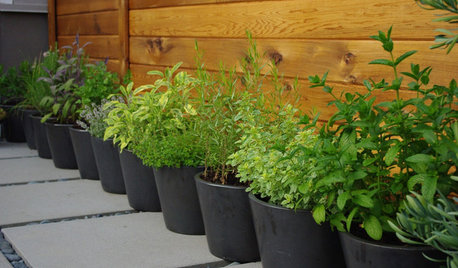
GARDENING GUIDES4 Herb Container Gardens for Fabulous Global Cuisine
Tingle your taste buds with the unbeatable taste of fresh herbs in your Italian, Asian, Mexican or French fare
Full Story
SAVING WATER11 Ways to Save Water at Home
Whether you live in a drought-stricken area or just want to help preserve a precious resource, here are things you can do to use less water
Full Story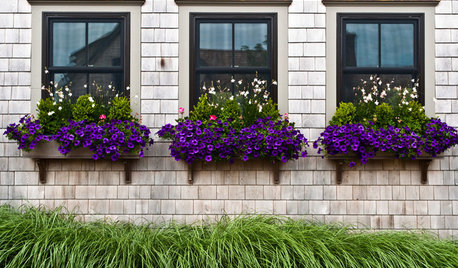
GARDENING GUIDESWindow Box Planting Ideas for 4 Seasons of Interest
Dress up your home’s windows with flowers, foliage and more for year-round curb appeal
Full Story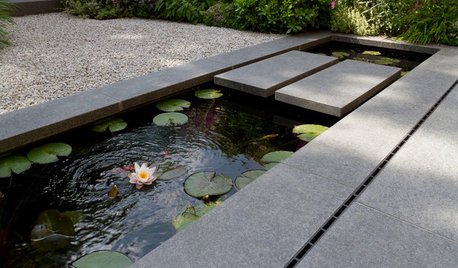
LANDSCAPE DESIGNHow to Introduce a Water Feature to Your Garden
With its sound, movement and ever-changing reflections, water brings vitality to an outdoor space
Full Story
GARDENING GUIDES10 Solutions for Soggy Soil
If a too-wet garden is raining on your parade, try these water-loving plants and other ideas for handling all of that H2O
Full Story
GREEN DECORATINGEasy Green: Big and Small Ways to Be More Water-Wise at Home
These 20 tips can help us all make the best use of a precious resource. How do you save water in summer?
Full Story
GARDENING GUIDES6 Plants for Colorful Fall Foliage in the Water-Wise Western Garden
Try these colorful, drought-tolerant additions to your garden for a fall season filled with color
Full Story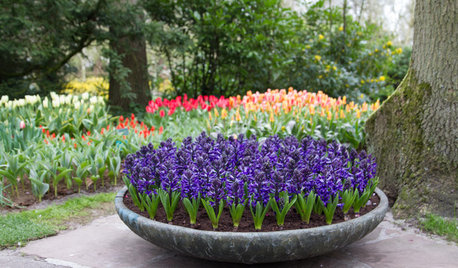
FLOWERS11 Classic Bulbs for Spring Blooms
Plant these ever-popular bulbs in fall to ensure a garden bursting with colors in spring
Full Story
FARM YOUR YARDHow to Grow Vegetables in Containers
Get glorious vegetables and fruits on your patio with a pro’s guidance — including his personal recipe for potting mix
Full Story
GARDENING GUIDES7 Fall Beauties for Mild-Climate Container Gardens
We're talking long-term relationship: These showy shrubs will bring color to your container garden autumn after autumn
Full Story


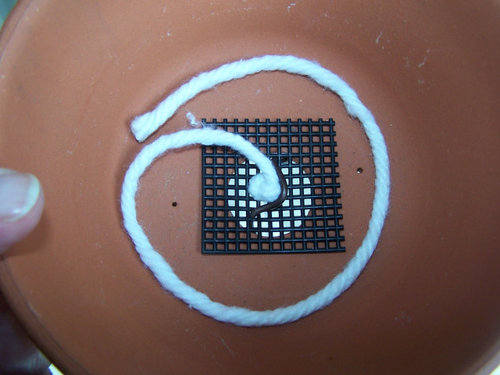

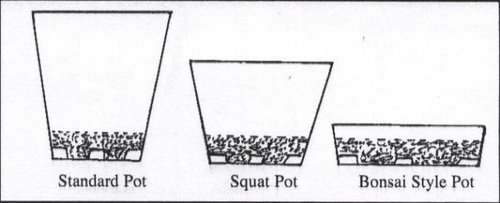
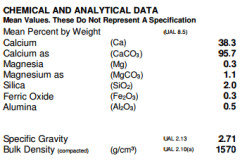
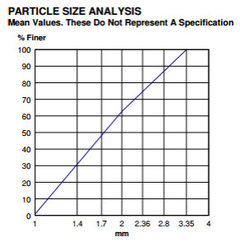
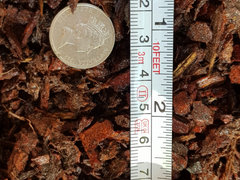

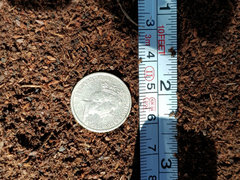


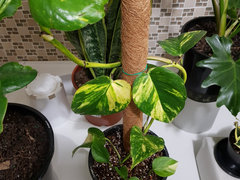




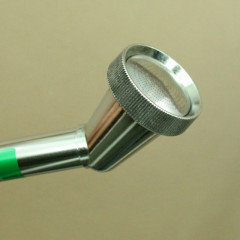


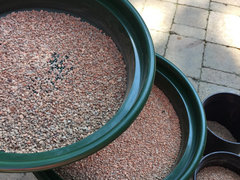
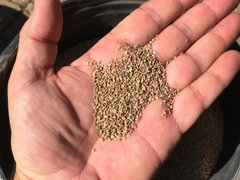
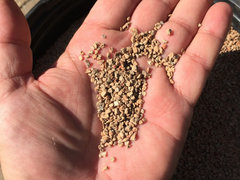
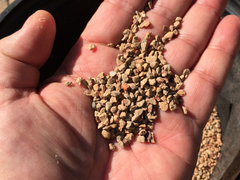
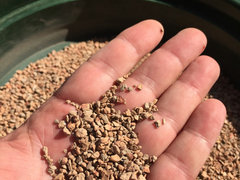
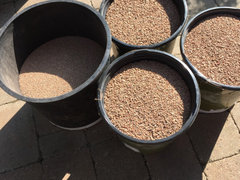

tapla (mid-Michigan, USDA z5b-6a)Original Author